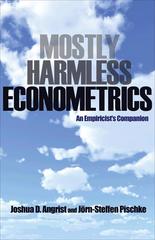Answered step by step
Verified Expert Solution
Question
1 Approved Answer
3. Let's practice time-series forecasting of new home sales. Click here (https:ffwww.census.govfconsnuctionfnrsx'historical datafindexhtml) to see the newest data in the rst table: Houses Sold [Excel

Step by Step Solution
There are 3 Steps involved in it
Step: 1

Get Instant Access to Expert-Tailored Solutions
See step-by-step solutions with expert insights and AI powered tools for academic success
Step: 2

Step: 3

Ace Your Homework with AI
Get the answers you need in no time with our AI-driven, step-by-step assistance
Get Started


